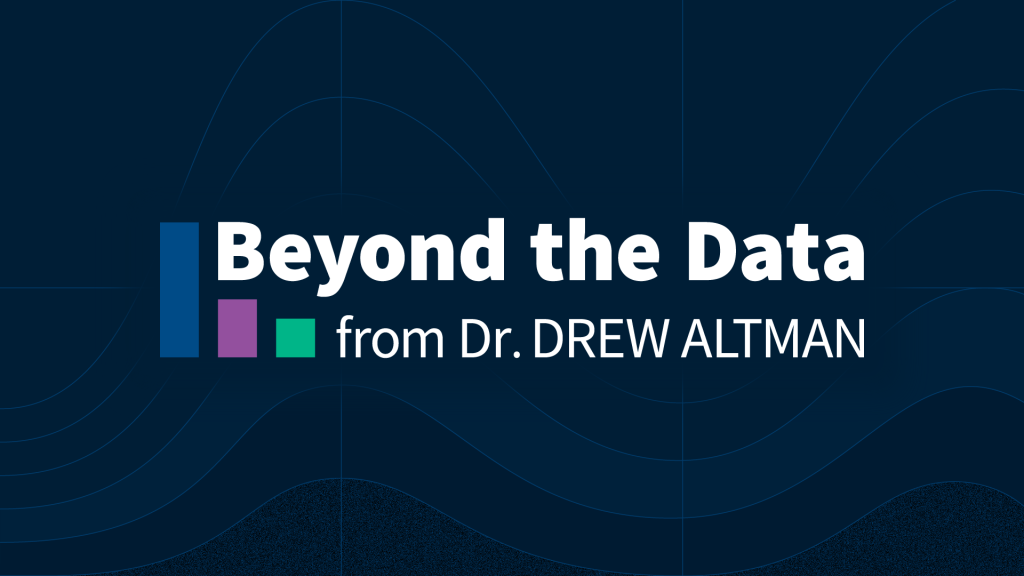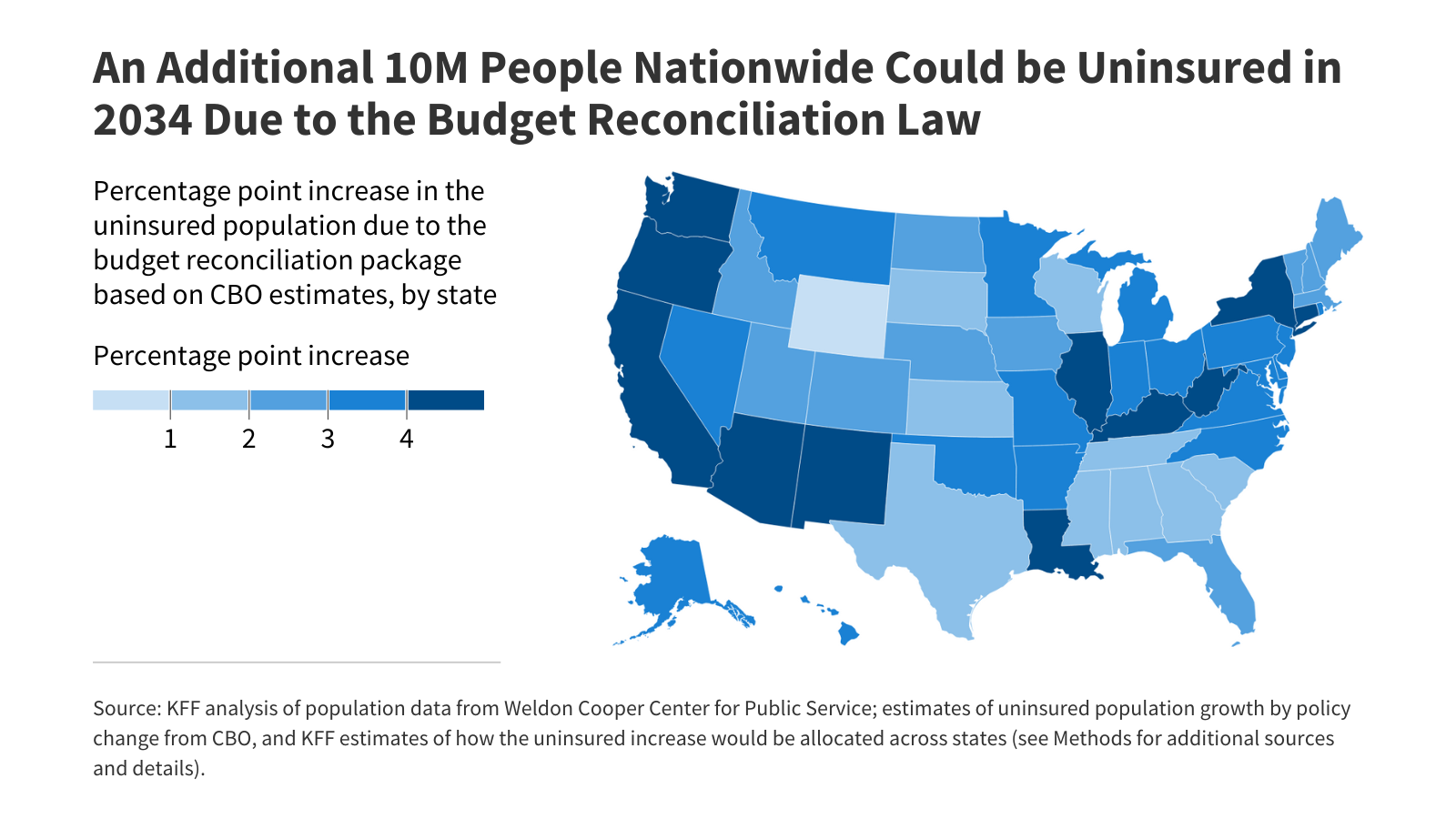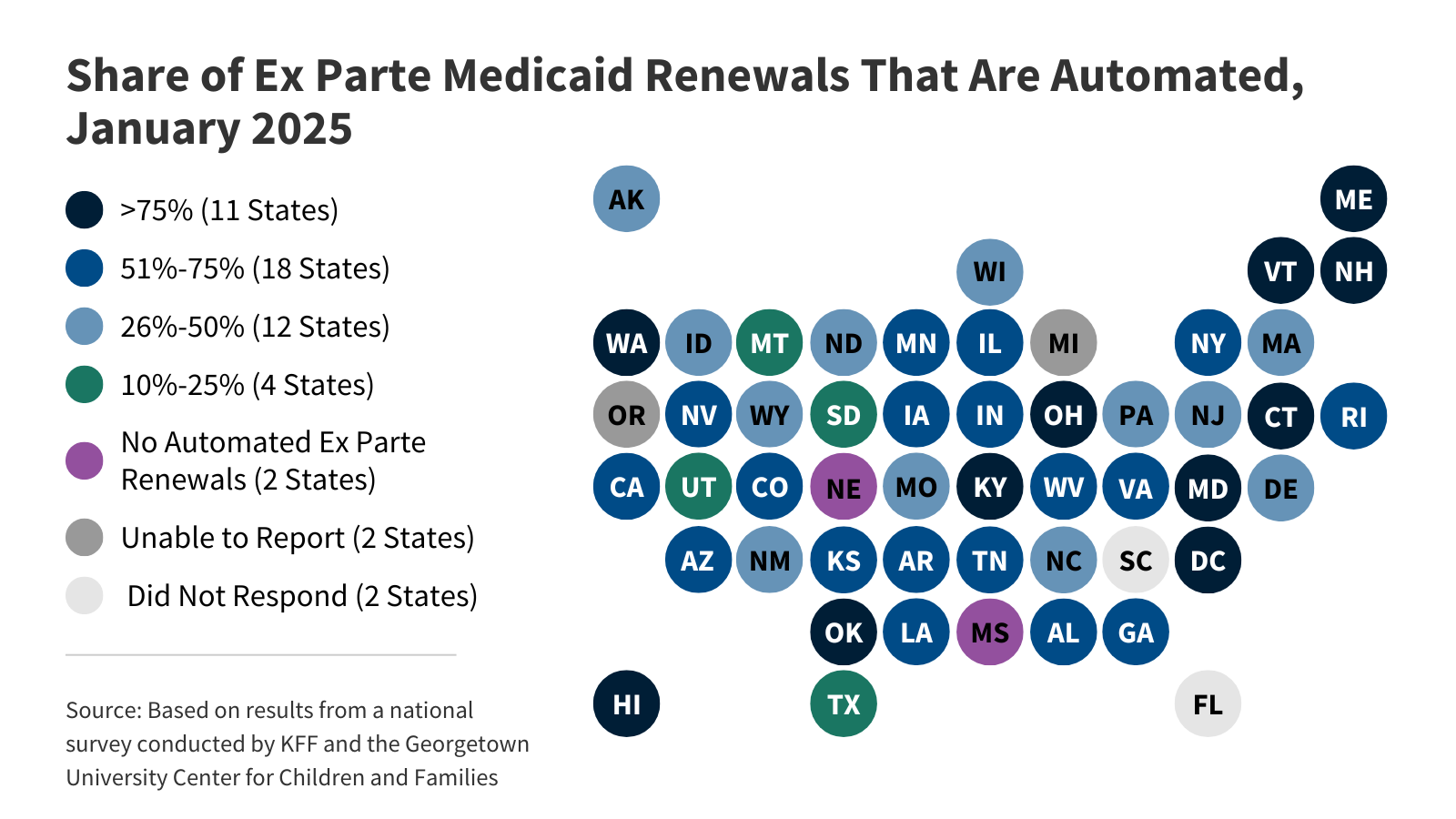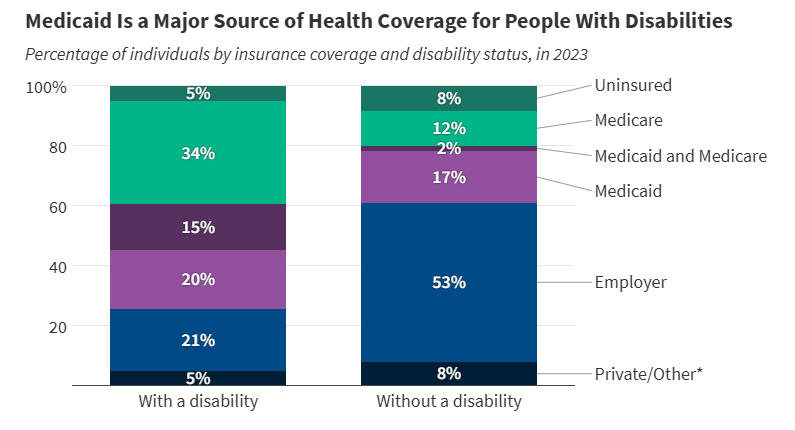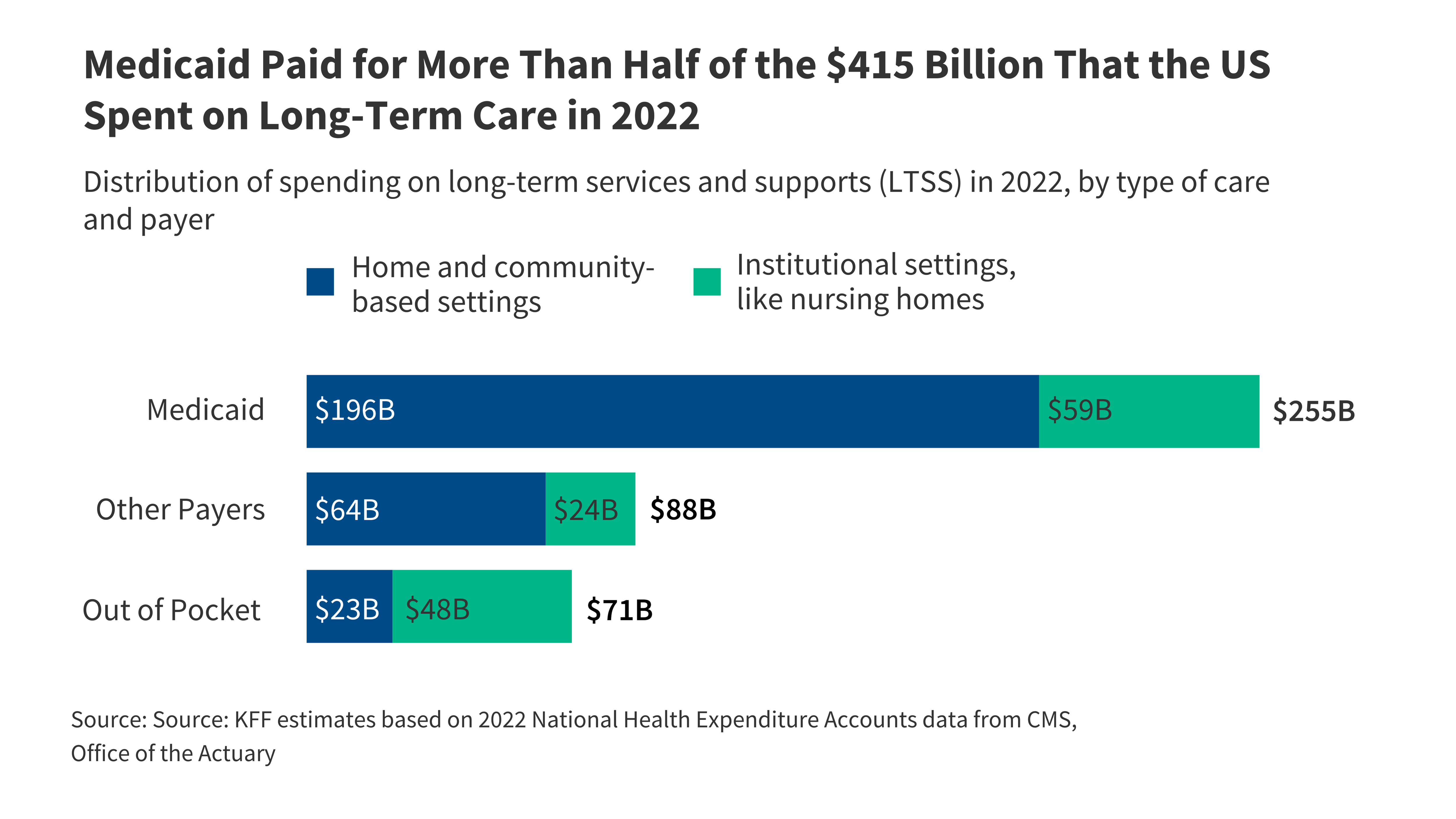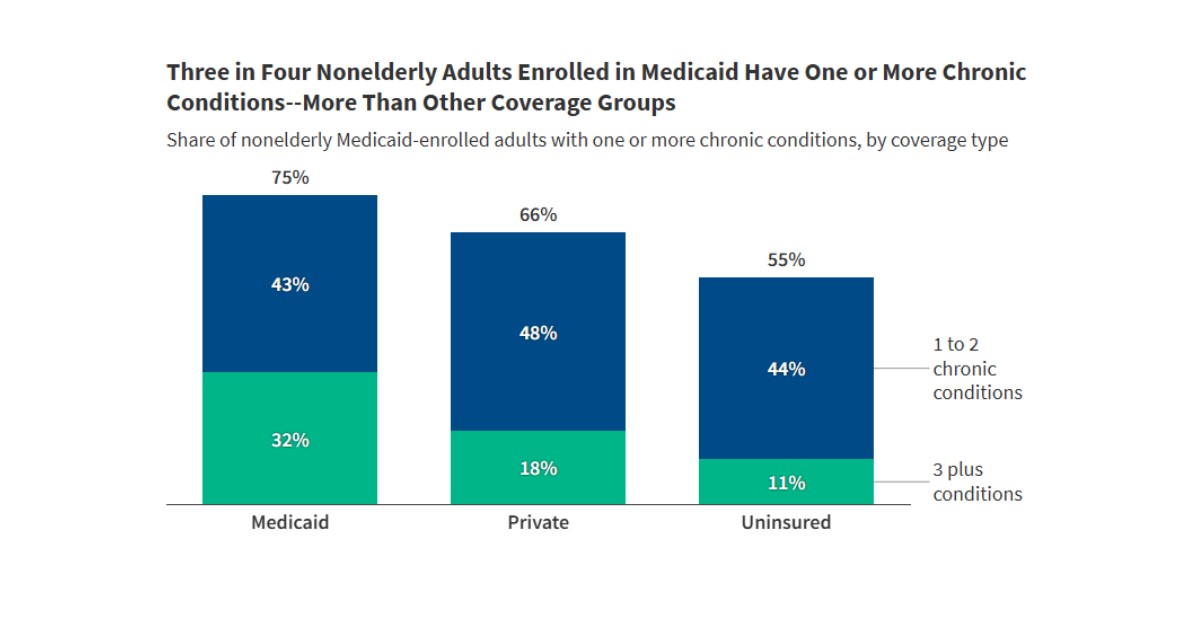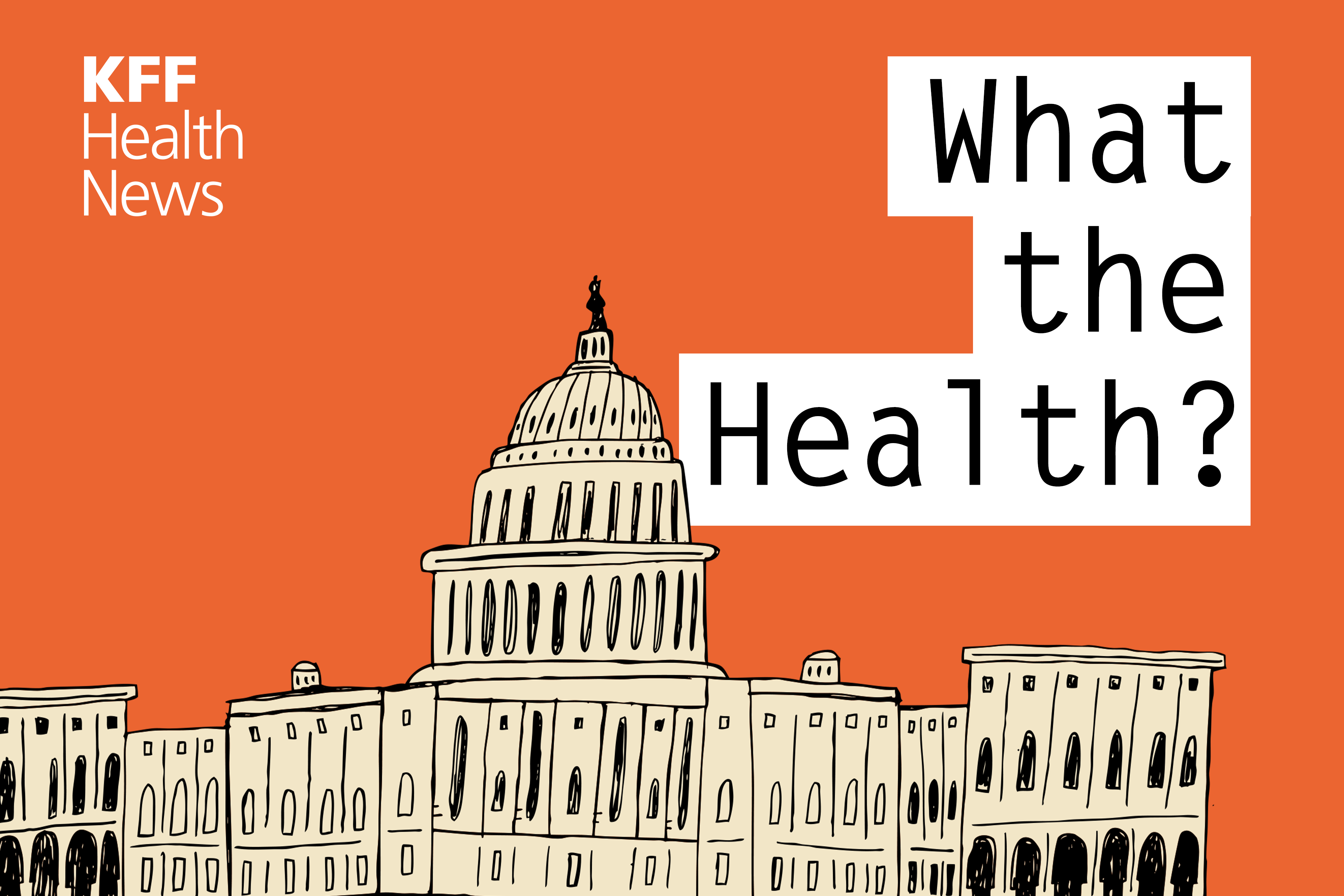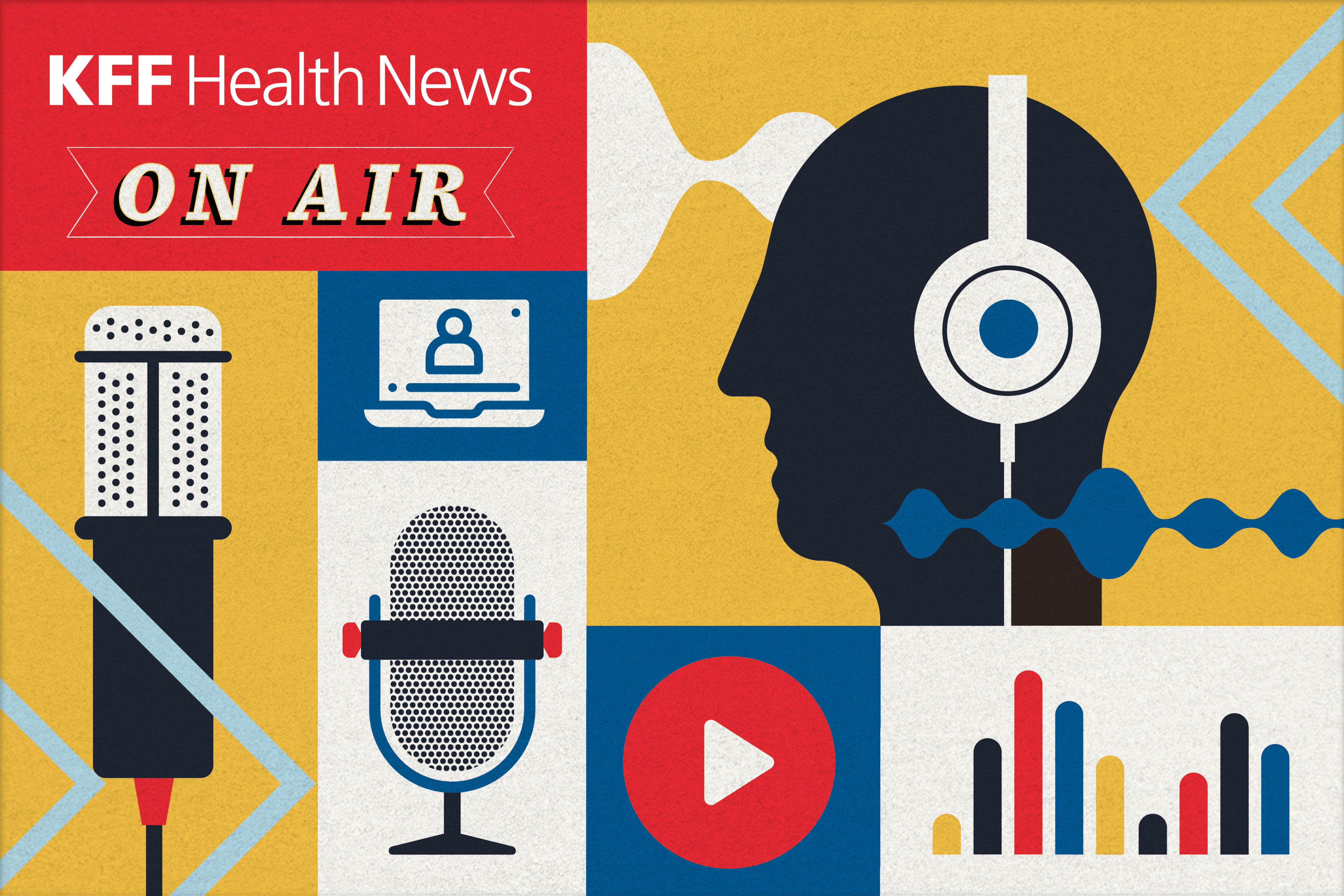No Easy Choices: 5 Options to Respond to Per Capita Caps
Under a per capita cap, per enrollee spending would be capped, but the total amount of federal dollars to states could vary with enrollment changes and states would not be able to impose enrollment caps. Faced with restrictions in federal financing, states would have to make hard choices. This brief outlines the key measures states could use to manage their budgets and the associated challenges under a per capita cap: raise taxes or make other cuts, reduce benefits, limit coverage of high cost enrollees, reduce rates or implement delivery system reforms, and promote personal responsibility. Each option has challenges that are identified in the brief.
